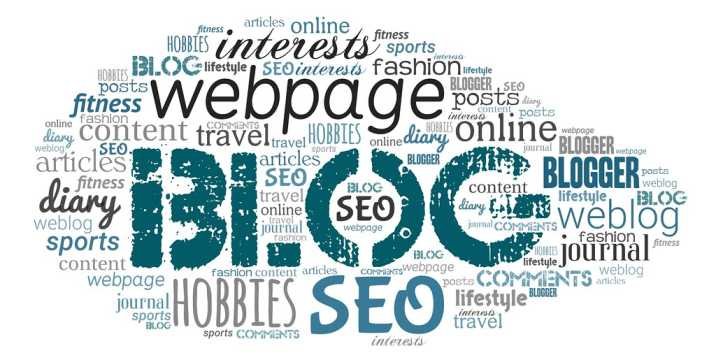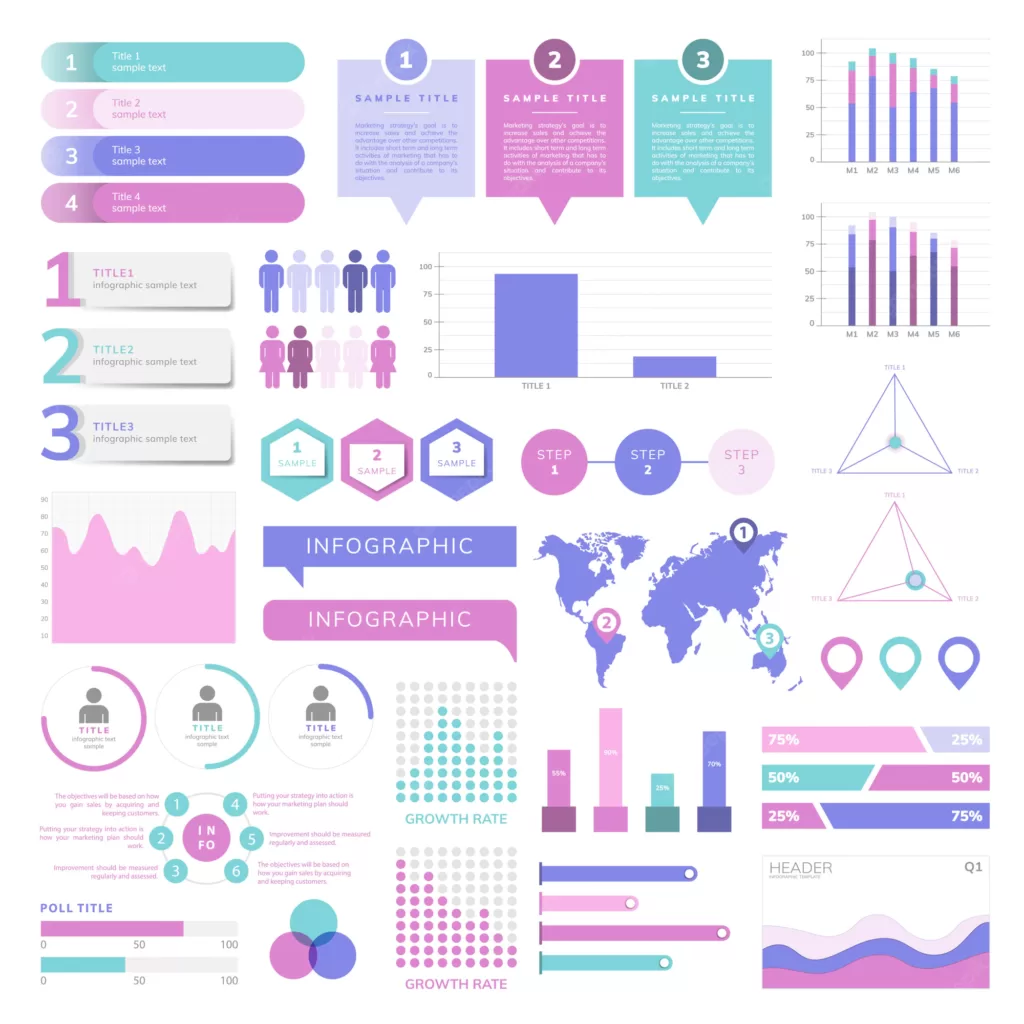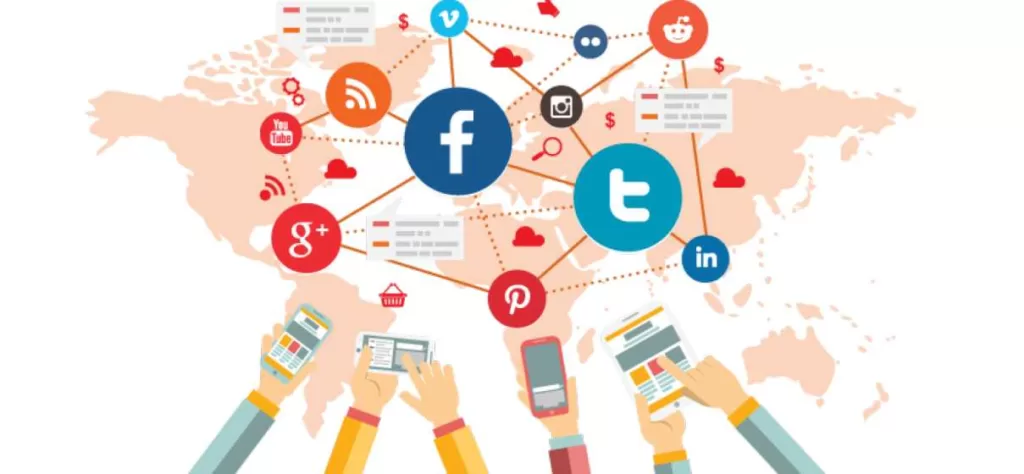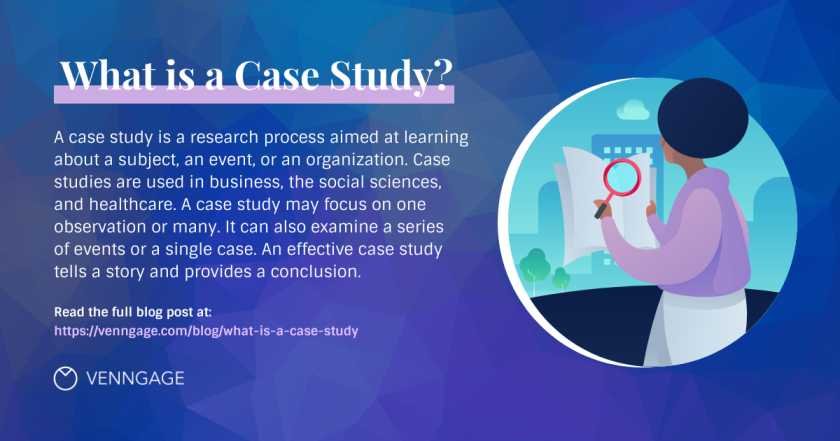Are you curious about content marketing? What it is and what are the types of content marketing?
Congratulations, then this post is for you!
Nowadays, a brand needs to invest in content marketing. It won’t only provide information to your targetted audience but will establish your credibility and authority in the market. Along with that, it will also improve your lead generation, sales, website traffic, and revenue. All this is possible via content marketing, which helps improve search engine optimization (SEO) resulting in better visibility.
“Content marketing is a strategic marketing approach focused on creating and distributing valuable, relevant, and consistent content to attract and retain a clearly-defined audience — and, ultimately, to drive profitable customer action.”
– Joe Pulizzi, Founder, Content Marketing Institute
Let’s start with the basics:
Table of Contents
What is content marketing?
In simple language, content marketing is a strategy that helps you attract, engage, and retain your audience through different forms of content. Which are they? The various content forms like articles, social media posts, videos, podcasts, emails, etc.
Content marketing ultimately aims to increase sales, build brand awareness, and establish thought leadership in the industry through profitable customer action. By providing valuable and informative content, a brand can build trust and relationships with its targeted audience, which can lead to long-term customer loyalty and increased revenue.
Content marketing strategy requires a long-term commitment, as the goal is to create a loyal audience that will continue to consume and share the brand’s content over time.
Did you get an idea of what is Content Marketing? Now, let’s move ahead and read more about its types!
Types of content marketing:
Pay attention to this section! This is where you will learn everything about different types of content marketing. This will provide you with great help in creating an effective content marketing strategy for your business.
1. Blogging:

Blogging is the process of creating and publishing regular articles on a website to attract and engage an audience.
A blog can cover a wide range of topics, including industry news, product reviews, company updates, and tips and advice.
Blogging can be used to establish thought leadership, build brand awareness, and generate leads. By providing valuable and informative content, businesses can position themselves as experts and build trust among their target audience.
Additionally, having a blog allows businesses to optimize their website for search engines, which can help to increase visibility and drive more traffic to the website.
Also Read: AI-Based Content Vs. Human-Created Content: What To Pick?
2. Video marketing:
In video marketing, videos are created and published on platforms like YouTube and Vimeo to promote a product or service.

This helps in building brand awareness, and engaging customers. Video content can be anything from product demos, customer testimonials, and explainer videos, to company culture videos, and live streaming.
Video marketing can be an effective way to reach a wider audience and increase engagement. Why? Because videos are more likely to be shared and viewed than other forms of content.
It can help a brand build trust and credibility with potential customers by providing them with an inside look at the business, its culture, and its products or services.
Also, video marketing can be used for various objectives for instance, for lead generation, brand awareness, product launch, or for customer engagement. It can be used in different forms such as animated videos, interviews, webinars, and more.
Also Read: How to Convert Gif to Mp4 Video File?
3. Infographics:
What are infographics? A mixture of information and graphics.

Infographics are visual representations of information or data, designed to make complex information easy to understand and remember.
To convey information clearly and concisely, they often include charts, diagrams, and images. You can make display your product or service information in a variety of infographic formats such as posters, brochures, online content, and even presentations.
4. Social media marketing:
What is social media marketing? It is a sub-part of content marketing, where products and services are promoted on various social media platforms using posts, videos, etc. This includes creating and sharing content, as well as running paid advertising campaigns.

The goal of social media marketing is to increase brand awareness, build relationships with customers, and drive website traffic and sales.
YouTube, Facebook, Twitter, Instagram, and LinkedIn are some of the most commonly used social media platforms for marketing.
Social media marketing can be an effective way to reach a large and engaged audience, as well as to gather customer insights and feedback.
5. Email marketing:
Email marketing is the process of using email to promote a product, service, or brand, and to build relationships with customers. This can include sending out newsletters, promotional emails, or targeted campaigns to specific segments of your email list.

It is an effective way to reach a large audience and deliver personalized and relevant messages. Some of the common goals of email marketing include increasing brand awareness, driving website traffic, and boosting sales.
Email marketing can be automated and can be used to reach both current and potential customers. It can also include the use of email remarketing, a way of reaching out to customers that have already shown an interest in your products.
There are several ways to share content via email marketing:
- Newsletters: You can create a regular newsletter that includes a mix of company news, industry updates, and relevant content for your audience.
- Promotional Emails: Send promotional emails to promote a new product, service, or sale.
- Targeted Campaigns: Segment your email list based on customer demographics, behavior, or interests and send targeted campaigns with personalized content.
- Triggered Emails: Use automated trigger emails to send personalized content based on customer actions, such as abandoning a cart or browsing specific pages on your website.
- Email Remarketing: Use email remarketing campaigns to reach out to customers who have already shown an interest in your products by visiting your website or making a purchase.
When sharing content through email marketing, it’s important to make sure that the content is relevant and valuable to your audience, and that it is designed in a visually appealing way.
Also, don’t forget to include call-to-action links or buttons to make it easy for customers to take the next step.
6. Case studies:
A case study in content marketing illustrates how a particular product, service, or solution was used by a business to achieve a specific goal. It provides third-party validation of a product or service and can be used to build trust and credibility with potential customers.

These studies provide a detailed, real-life example of how the product or service was implemented to achieve the desired results.
Case studies are used to demonstrate the value and effectiveness of a product or service, and can also be used to educate potential customers about the benefits of using it.
Case studies are a powerful tool for content marketers because they can be used to create engaging and informative content that is both authoritative and persuasive. It includes data, statistics, and quotes from customers to make them more credible, trustworthy, and useful.
7. E-books:
What is E-book? How is it helpful in content marketing?

An ebook is a digital book that a user can read on a computer or mobile device. It is a form of content where you can cover a wide range of topics like industry trends, how-to guides, or even case studies.
As for how is it helpful in content marketing, you can offer an ebook to your users or visitors for free or ask for a subscription fee. The topic of an ebook will drive traffic to the website and acquiring an ebook will require users to enter contact information. Hence you will get leads from your potential customers.
8. Podcasts:
Podcasts are a form of audio content that can be used as a part of a content marketing strategy. They are typically a series of episodes that cover a specific topic or theme and are usually created by an individual or a team.

You can produce and distribute podcasts on various platforms, like Spotify, and Apple Podcasts. You can also offer it on your website from where it can be downloaded and listened to on-demand.
A podcast is a valuable tool for content marketers as it allows user to hear long-form audio even while commuting or doing a workout.
It is a great way to establish thought leadership and build relationships with listeners. You can also use podcasts to educate and inform listeners about a particular industry or topic and share personal stories, insights, and advice.
Along with that, it will also engage your target audience, build brand awareness, and generate leads.
9. Webinars:
Yes, webinars can be a valuable component of a content marketing strategy. They offer a way for businesses to provide valuable information to their target audience in a format that allows for interaction and engagement.

Webinars are used to educate and inform customers about a topic, product, or service, and also generate leads. With the help of webinars, you can also close your sales and convert them into your customers or consumers.
Additionally, you can record and use them as a form of evergreen content, which you can repurpose and share on the website or social media platforms.
10. Interactive content:
The last one on the list is interactive content, which conveys its message or information by encouraging user participation. The content is curated to make it more engaging and interactive than traditional forms of content, such as text or images.
Here are some examples of interactive content:
- Quizzes and surveys: This type of content asks users to select or provide their knowledge and feedback.
- Interactive infographics: This infographic will have clickable links for users to click on!
- Interactive videos: It will require users to click or hover over certain elements to access additional information or resources.
- Virtual reality or augmented reality experiences: It will help your users to experience a product or service in a more immersive way.
- Contests and giveaways: With this, you can ask your audience to engage to get a chance to win prizes or discounts.
It can improve your website or social media platform engagement increasing the time users spend on your website. You can also generate leads and gather data about your potential customer’s interests and preferences.
Conclusion:
With this, let’s end an article on content marketing and its types! In short, content marketing involves creating and distributing valuable, relevant, and consistent content to attract and engage your audience. You can achieve all this via different forms of content.
Each type of content has its own unique advantages and can achieve different marketing goals. Once you have understood them, it will be easier for you to create a content marketing strategy. And it will also drive desired results for your brand. For more information on technology or SEO-related topics, stay tuned to BlackBuck Magazine.
